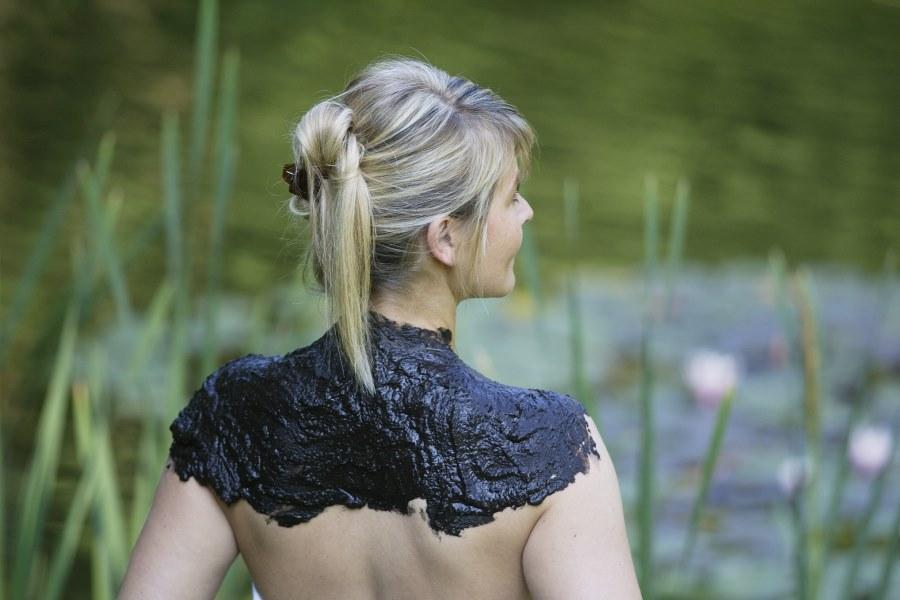-
Prevention and
rehabilitation - Prevention and rehabilitation
- for adults
- for children and families
- Spa centres
- for addictions
- The way to the spa
-
Local remedies and therapies
- Local remedies and therapies
- SEAWATER
- MOOR
- CHALK
- CLIMATE
- BRINE
- Thalassotherapy
- Balneotherapy
- Climatherapy
- Kneipp therapy
- Hydrotherapy
- Forest therapy
- Show all
-
Therapy and wellness offers
- Therapy and wellness offers
- Prevention / rehabilitation
- Medical wellness
- Wellness
-
Spas Association and Service
- Spas Association and Service
- about us
- Events
- The way to the spa
- Projects
- Our partners
- Schreiben Sie uns!
- Legal Notice
- Privacy policy
- Show all
 MOOR
MOOR
Mecklenburg-Vorpommern, like many federal states in Germany, has the epitome of the natural remedy, the moor. It was created 500-600 years ago by the peat formation of plants under water and thus without exposure to oxygen.
The best-known moors in Mecklenburg-Western Pomerania are the moor from the Conventer lowland near Bad Doberan, which has been used for centuries for healing purposes, and the moor extracted near Bad Sülze. The moor consists of organic and inorganic substances. The moors used here have been scientifically tested for quality and naturally meet the requirements of the Therapeutic Products Act. Mud treatment is still considered one of the most effective methods of balneotherapy for the treatment of musculoskeletal disorders and gynaecological diseases. The special thing about mud is that it conducts heat effectively, evenly and gently into the body. The substances produced in the humification process are responsible for the healing effect of the moor.
In Mecklenburg-Western Pomerania, the natural healing agent peat is processed into peat baths or packs. Bath peat is a very good heat accumulator that releases heat much more slowly than water during a bath. This means that mud can be used at higher temperatures than water. It is mainly used for so-called overheating baths with a temperature of around 40°C, which, however, is perceived as less warm. Already about 20 minutes in a mud bath will raise the body temperature by 2°C. The warming of the body thus has a positive effect on the immune system, stimulates the metabolism and relaxes the muscles, among other things. The high buoyancy also has a positive effect. Mud packs, on the other hand, are only applied to certain parts of the body, where they have the same effects as a mud bath.
At the Moorbad Bad Doberan rehabilitation clinic, the natural remedy moor is extracted in the clinic's own peat quarry and used for therapeutic purposes, including a moor bath.
(Natural moor - peloid made of humus, humic acids and minerals).

